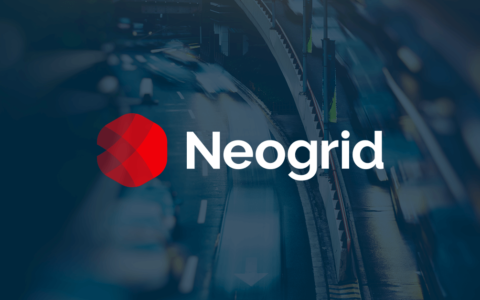
A key strategy to maximize the supply chain efficiency is integrating its links focusing on sales to the end consumer. This action fights product shortages and excess inventory, two problems that cause financial losses.
To make this come to fruition, the challenge is, among other factors, the fact that the market currently measures its efficiency from specific indicators, set for each link in the chain. As an example, the manufacturing sector evaluates sell-in, index measuring its sales to retail.
This individual focus is repeated in other areas (sales, purchasing, logistics, trade marketing, etc.). This causes each agent to seek local excellence, but without observing the overall performance. For example, when the store’s inventory is full, above its sales capacity, the manufacturing sector appears to profit, but in the mid and long term this situation will hinder the chain.
Sell-in gives a wrong perspective, as it takes the whole chain to behave in a way that generates excess inventory or product shortages. In other words: it doesn’t pay off for each link to only be committed to “pushing the stock forward.” What should determine the effectiveness of each step is the purchase made by the end consumer (therefore, sell-out is critically important).
After all, if the consumer did not buy the item, the manufacturing sector just moved its production to retail. But the chain as a whole did not win, because the cycle has not been completed. Thus, instead of measuring how many million items have been sold to retail, what should be considered is what has been bought by the end consumer, precisely because he is the one who guides the behavior of all agents in the supply chain.
What changes with management focused on sell-out?
- Aggregate inventory: inventory management is now measured by the concept of aggregation. In it, the retailer keeps in stock the ideal number of items, so as to direct replacement based on the consumption demand of the end consumer (thus impacting other stages of the chain). The opposite of what is practiced today.
- Purchase order: currently, it is retail’s responsibility to make the request. In this new model, we seek to increase the level of integration among the agents, so the steps work as needed (and not by a predetermined purchasing process that can generate surpluses).
- Payment method: management by sell-out also impacts on the payment method between the manufacturing sector and retail. Instead of it being done by volume of purchased products, payment may be established based on items sold to the end consumer, improving the dynamics of the process.
In addition to adjusting the interests of each agent in the supply chain, this indicator promotes competitiveness as it creates a commitment from everyone against fluctuations between inventory shortage and excess.
Moreover, this strategy can be enhanced by management of indicators, which can be obtained from technological solutions specialized in supply chain.




